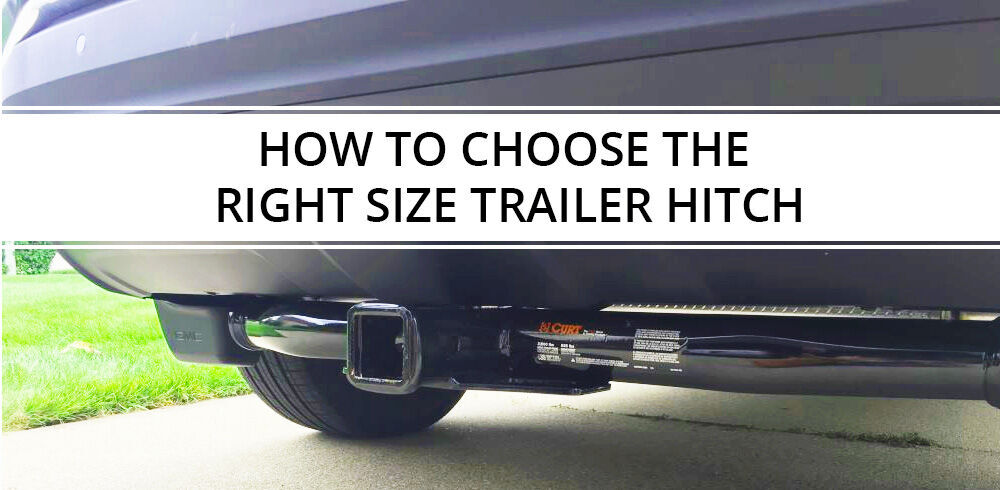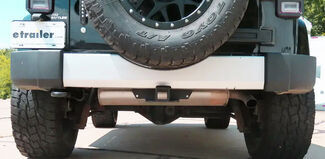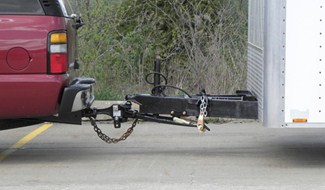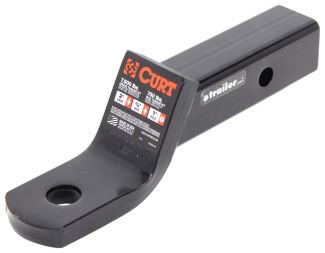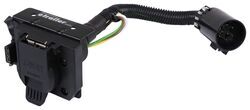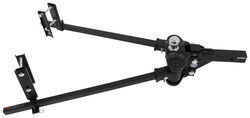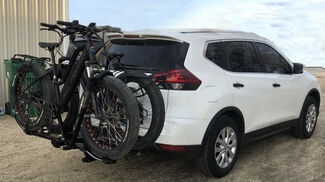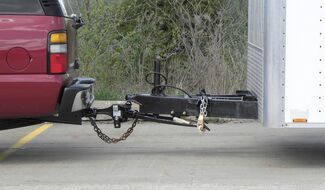
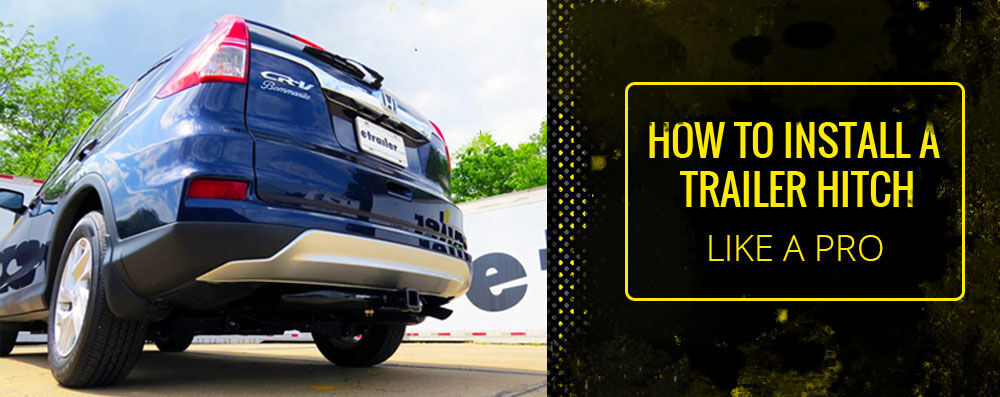
How to Install a Trailer Hitch (Like a Pro)
Gathering your tools Preparing your vehicle Attaching your hitch
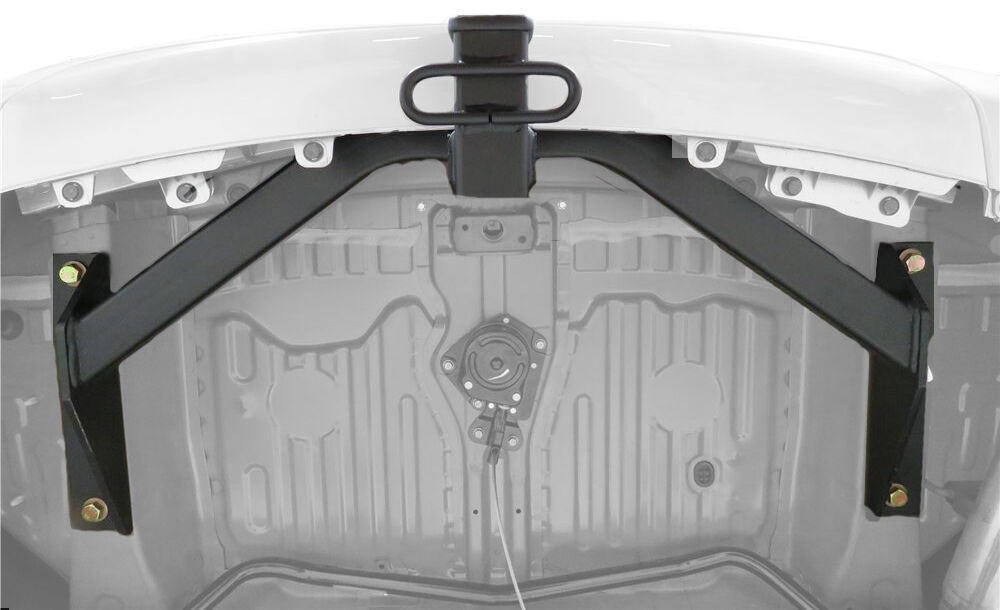
1. Gather Your Tools
Torque wrench Ratchet, sockets, & socket extension Wheel chocks Jack Safety glasses and gloves *Tube brush (for cleaning weld nuts) *Pry bar and/or exhaust pliers (for lowering exhaust) *Ratchet strap (for supporting exhaust) *WD-40 or other lubricant (for easy exhaust hanger removal) *Rotary tool or utility knife (for trimming fascia) *Tin snips (for trimming heat shield) *Fish wire bolt leader (for pulling bolts/spacer blocks through frame— typically included with hitch installation kit) *C-clamps (for holding hitch in place during installation) *Light source *Spray paint (for touching up exposed metal) *Drill (most hitch installations are no-drill these days, but some still require it) *Service ramps
2. Prepare Your Vehicle
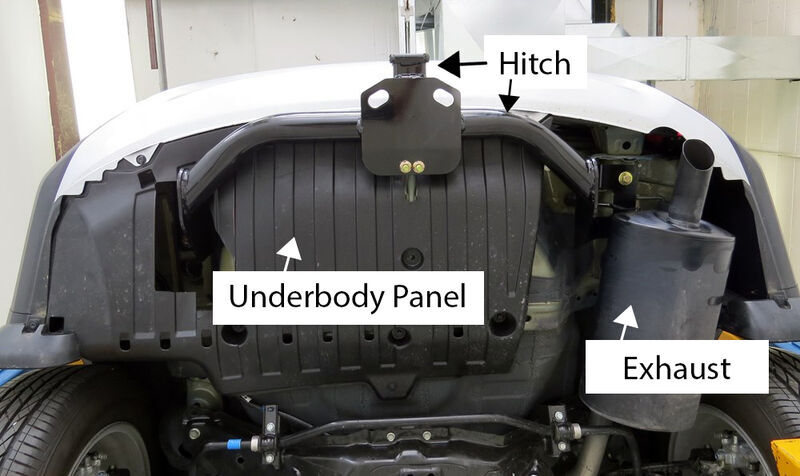
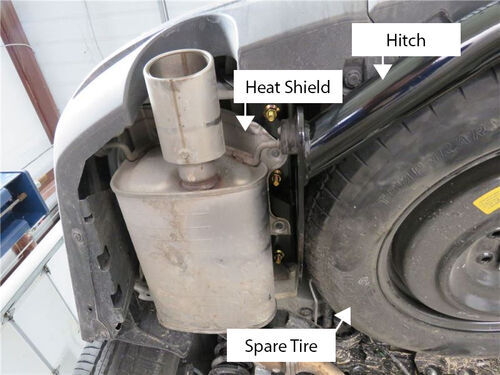
How long does it take to install a trailer hitch?
2a. Removing Spare Tire (POTENTIAL VEHICLE-SPECIFIC STEP)
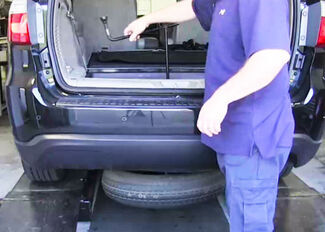
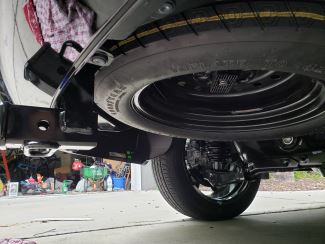
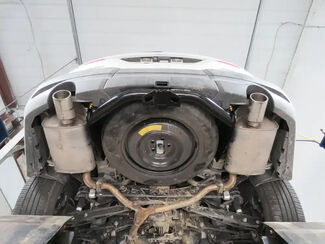
You can see the spare tire is right beneath where the hitch must go. But don't worry—you can also see that the tire fits back up underneath the vehicle once the hitch is installed.
2b. Cleaning Weld Nuts (POTENTIAL VEHICLE-SPECIFIC STEP)
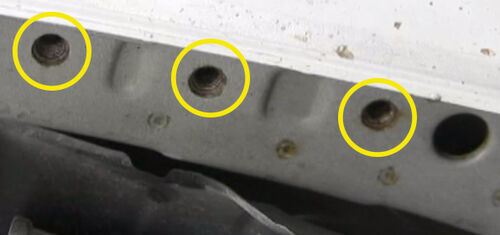
2c. Lowering Exhaust (POTENTIAL VEHICLE-SPECIFIC STEP)
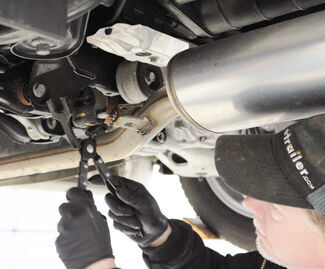
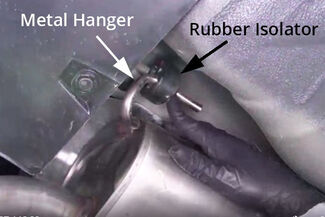
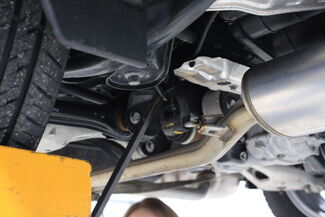
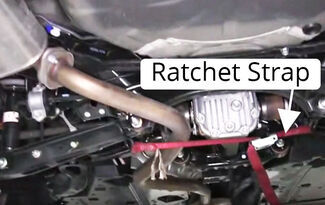
2d. Trimming Fascia (POTENTIAL VEHICLE-SPECIFIC STEP)
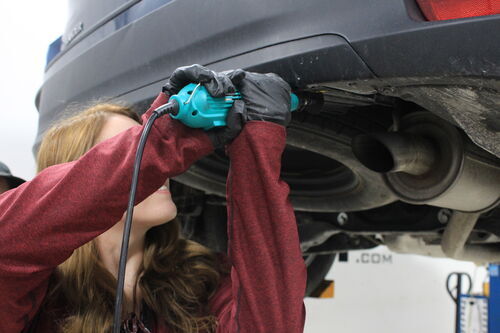
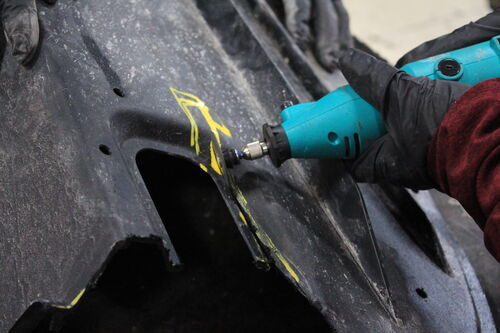
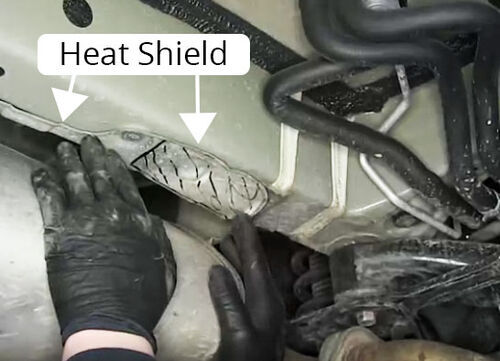
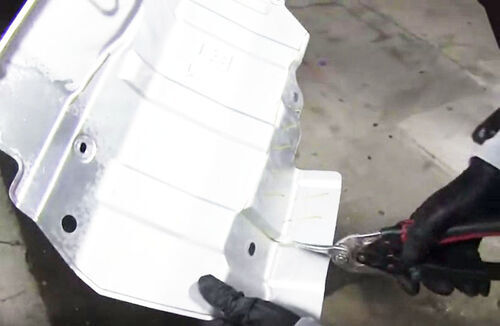
2f. Removing/Trimming Underbody Panel (POTENTIAL VEHICLE-SPECIFIC STEP)
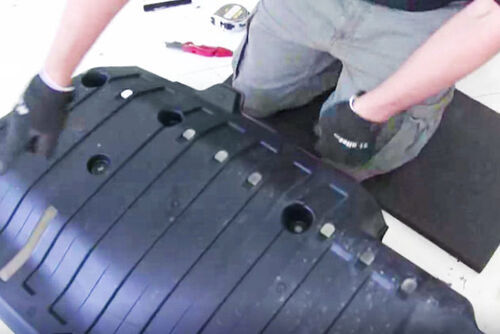
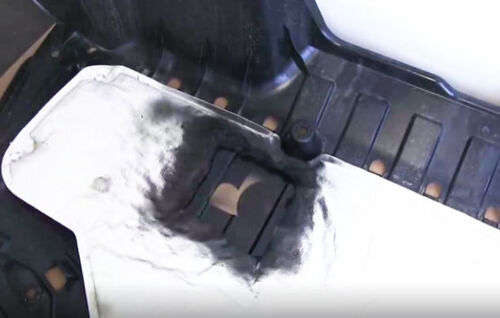
2g. Drilling or Widening Holes in Frame (POTENTIAL VEHICLE-SPECIFIC STEP)
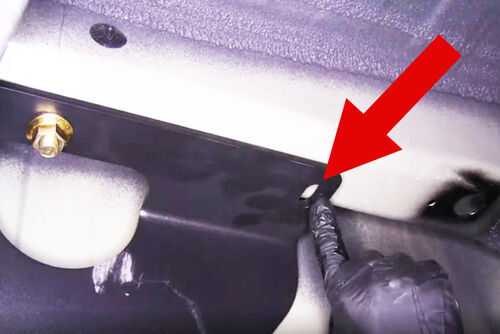
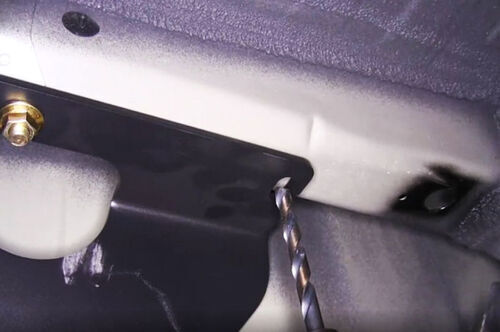
2h. Fishwiring (POTENTIAL VEHICLE-SPECIFIC STEP)
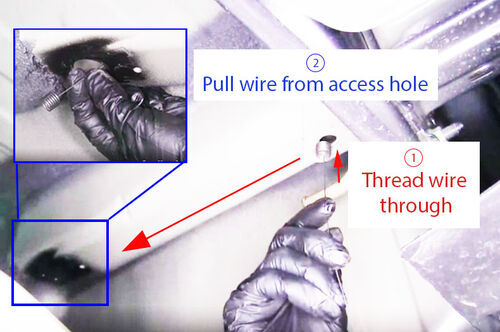
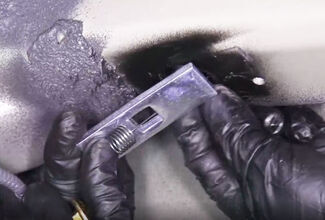
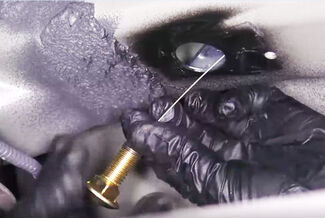
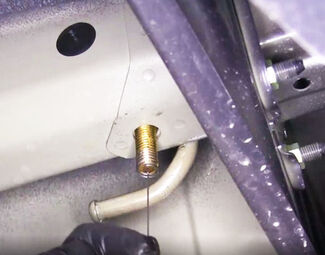
3. Attach Your Hitch & Tighten Hardware
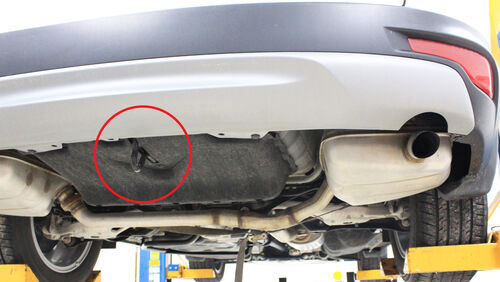
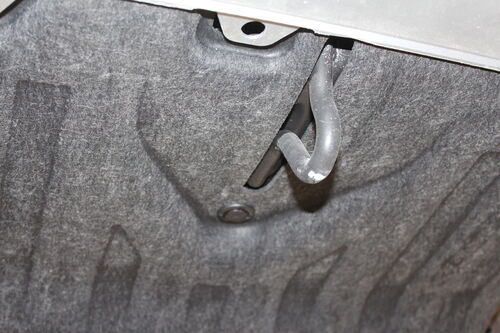
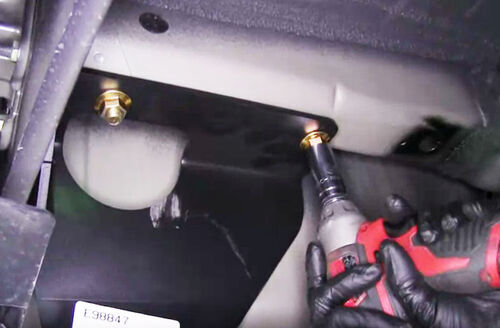
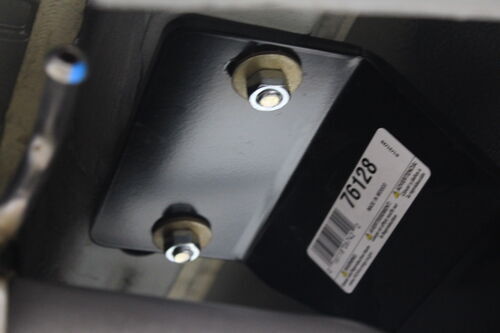
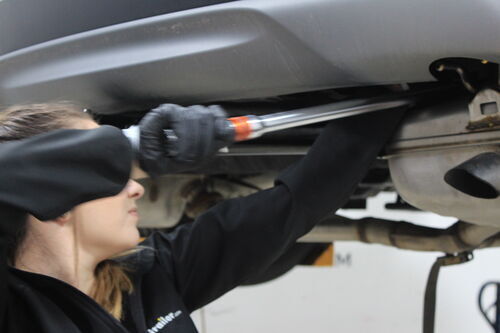
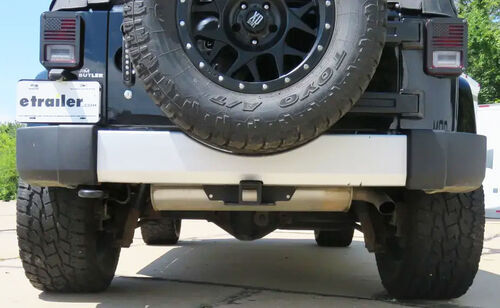

Departments
Towing
- Trailer Hitch
- Fifth Wheel
- Gooseneck
- Towing a Vehicle
- Front Hitch
- RV Hitch
- ATV Hitch
- HD Truck Hitch
- Vehicle Wiring
- Brake Controller
- Ball Mounts
- Weight Distribution
Sports and Recreation
Trailer Parts
- Utility Trailer
- Boat Trailer
- Landscape Trailer
- Enclosed Trailer
- 5th/Camper Trailer
- Car Hauler
- Horse Trailer
Vehicle
Contact & Help

What our customers are saying:
"Excellent service and communication. Expect part to be excellent too!"
Tommy
Tifton, GA
Popular Vehicles
- Subaru Forester
- Ford F-350 Super Duty
- Ford F-250 Super Duty
- Chevrolet Silverado 1500
- Jeep Wrangler Unlimited
- Jeep Wrangler
- Ram 3500
- Toyota Highlander
- Ram 2500
- Chevrolet Silverado 2500
- Subaru Outback Wagon
- Chevrolet Silverado
- Dodge Ram Pickup
- GMC Sierra 2500
- Ram 1500
- Ford F-250 and F-350 Super Duty
- Jeep Grand Cherokee
- Toyota Tacoma
- GMC Sierra 3500
- Toyota Tundra
- Ford Escape
- More >>


